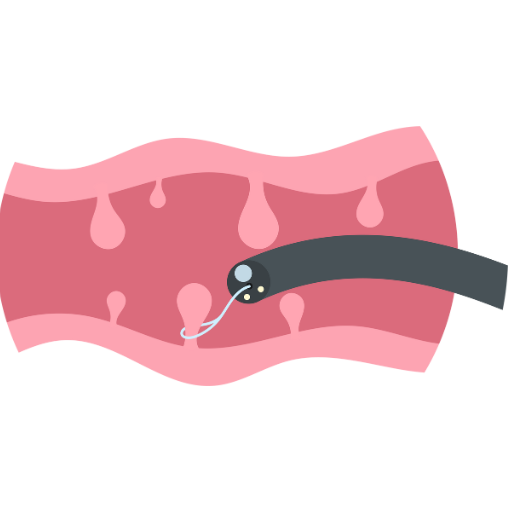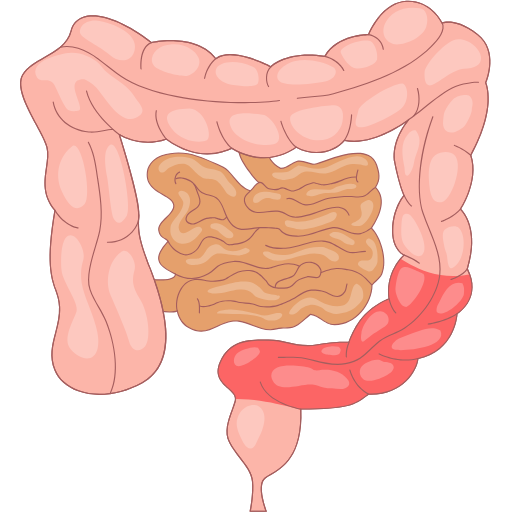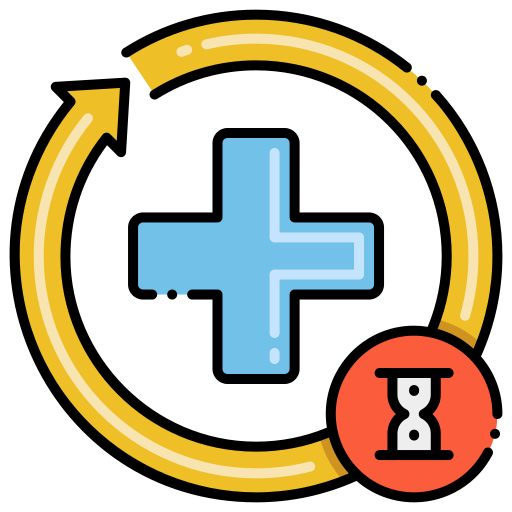Dr. Nitin Singhal
Transoral Robotic Surgery (TORS)
What is Transoral Robotic Surgery (TORS)?
Transoral Robotic Surgery is a minimally invasive surgical technique that uses robotic technology to remove tumors or abnormal tissue from the mouth, throat, and voice box (oropharynx and larynx). Instead of making external cuts, the surgeon operates through the patient’s mouth using robotic arms and a high-definition 3D camera for precision.
TORS is commonly used for throat cancers, sleep apnea surgeries, and benign growths, offering patients a way to avoid large incisions and major reconstructive surgeries. The benefits include smaller scars, reduced blood loss, quicker recovery, less pain, and better preservation of speech and swallowing functions.

Happy Clients
Successful Surgeries
Patients Reviews Rate
Years of Experience
Types of Transoral Robotic Surgery

TORS for Oropharyngeal Cancer
Used to remove tumours from the throat, tonsils, and base of the tongue without external cuts. It helps preserve speech and swallowing functions while effectively clearing cancer.

TORS for Laryngeal Cancer
Performed to treat cancers of the voice box (larynx) with robotic precision. This approach often allows for better voice preservation and less invasive recovery compared to open surgery.

TORS for Benign Tumors & Growths
Applied to remove non-cancerous tumors, cysts, or obstructive growths in the throat or mouth. It ensures minimal scarring and quick healing, especially in delicate areas of the airway.

TORS for Obstructive Sleep Apnea
Used when sleep apnoea is caused by excess tissue blocking the airway in the throat. By carefully removing the tissue, it improves breathing and reduces sleep apnea symptoms.
Your Guide to Transoral Robotic Surgery (TORS)
-HPV-related throat cancer
-Smoking and alcohol use
-Benign tumors or cysts of the tonsils, base of tongue, or pharynx
-Sleep apnea (in some selected cases)
-Persistent sore throat or pain while swallowing
-A lump in the neck or throat
-Change in voice or hoarseness
-Difficulty swallowing or breathing
-Unexplained weight loss
-Bleeding from the mouth or throat
What Happens During TORS?
-Performed under general anesthesia
-A robotic system with small instruments and a camera is inserted through the mouth
-The surgeon controls the robot from a console to carefully remove the tumor
-No external cuts or scars are made
Why Choose Dr Nitin Singhal For Transoral Robotic Surgery?
Dr Nitin Singhal, a leading Transoral Robotic Surgery, has 15+ years of experience and 5,000+ major surgeries to his credit. He specialises in a wide range of procedures, including GI, thoracic, gynaecologic, urologic, and kidney cancers with advanced robotic techniques.

Expertise
He performs minimally invasive throat, tongue, and larynx surgeries with robotic precision. His focus is on safe tumor removal while preserving speech, swallowing, and breathing functions.
Infrastructure
Patients benefit from cutting-edge robotic systems, modern OTs, and ICU support at his center. Advanced imaging and instruments ensure safer surgeries, fewer complications, and faster recovery.
Technology
Dr Nitin Singhal uses robotic-assisted, minimally invasive methods with detailed planning for TORS. His approach reduces blood loss, scarring, and recovery time while ensuring personalized, outcome-focused care.
Benefits of Transoral Robotic Surgery?

Faster Recovery Time

Low Risk of Infection

Lesser Scars

Less Discomfort After Surgery

Shorter Hospital Stay

Speedier Return to Daily Life
Commonly Asked Questions
Will I have visible scars after TORS?
No, one of the biggest advantages of Transoral Robotic Surgery (TORS) is that it is performed through the mouth without external cuts. This means there are usually no visible scars on the face or neck. Patients also experience less pain and faster healing compared to traditional open surgeries.
How long is the recovery time?
Recovery from TORS is generally quicker than open surgery, with most patients resuming normal activities in 1 to 2 weeks. Hospital stay is usually short, often just a few days. Recovery time depends on the size and location of the tumor, but overall, it is considered faster and less invasive.
Can I eat and speak normally after TORS?
Most patients can return to eating and speaking normally within days to weeks after TORS. Some may experience temporary soreness, swallowing difficulty, or voice changes during healing. With proper recovery and guidance from speech or swallowing therapists if needed, normal functions are usually restored quickly.
Get In Touch!
We provide a 24*7 emergency care
If you have any kind of robotic cancer surgery-related medical emergency, visit Sterling Hospital. An expert doctor is always available & treatment will be provided at once.
